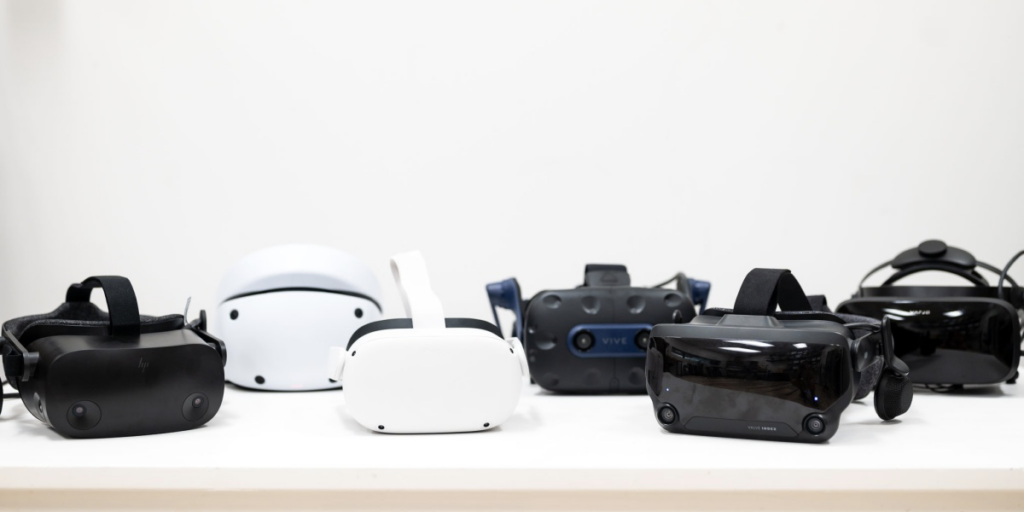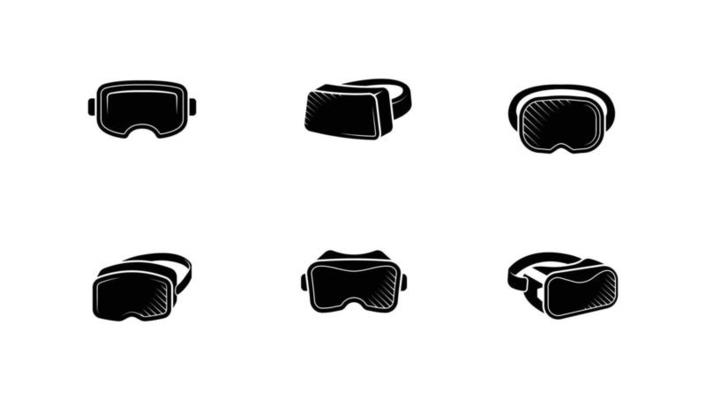With the impending launch of Apple Vision Pro, the spotlight is once again on virtual reality (VR) technology and its implications for consumers. VR goggles offer an immersive experience that’s unparalleled, transporting users to digital realms beyond their wildest imaginations. However, as we embrace this advanced technology, it’s crucial to consider its effects on our most precious sense: sight.

Short-Term Side Effects for Consumers
Initial reports and studies have highlighted several short-term side effects associated with VR usage. These include eye strain, headaches, and temporary disorientation or dizziness, primarily due to prolonged exposure to close-up screen lighting and the virtual environment’s sensory overload. The American Academy of Ophthalmology notes that symptoms such as dry eyes and blurred vision can also occur, as users tend to blink less frequently while engaged in VR activities.
Long-Term Side Effects
While long-term studies on VR’s effects are still ongoing, there’s growing concern about potential impacts, especially with increased usage. Questions about the possibility of exacerbated myopia (nearsightedness), altered vision development in younger users, and even VR-induced dysphoria—a disconnection or discomfort with the real world after extended VR use—are being raised by health professionals.
Manufacturers’ Role in Consumer Health
Recognizing these potential issues, manufacturers like Apple are taking steps to mitigate risks and promote safer VR experiences. The Apple Vision Pro, for example, is rumored to include features designed to minimize eye strain, such as auto-adjusting brightness and focus, and reminders to take breaks. These companies are investing in research to better understand VR’s impact on ocular health and to develop guidelines for safer use.
Best Practices for VR Usage
As VR technology becomes more mainstream, adopting best practices for its use is vital. Here are some recommendations for consumers:

- Follow the 20-20-20 Rule: Every 20 minutes, take a 20-second break to look at something 20 feet away. This helps reduce eye strain.
- Calibrate VR Goggles: Ensure that VR devices are properly calibrated for each user, particularly focusing on interpupillary distance adjustments to avoid blurred vision.
- Limit Session Lengths: Keep VR sessions short, especially during initial use, to allow the eyes and brain to adjust.
- Monitor Young Users: Children’s eyes are still developing, so it’s essential to limit their VR exposure and ensure the content is age-appropriate.
t/f Summary: The Road Ahead
As we venture further into the world of virtual reality, understanding and mitigating its impact on our sight becomes increasingly important. The industry’s commitment to user health, combined with consumers’ adherence to best practices, will play a crucial role in ensuring that our journey into virtual worlds remains both safe and enjoyable.
While specific, up-to-date statistics on the effects of VR usage are evolving, resources like the American Academy of Ophthalmology (AAO) and studies published in peer-reviewed journals offer valuable insights and guidelines. As this technology continues to develop, so too will our understanding of its long-term implications on ocular health.
Note: The details provided here, including features of the Apple Vision Pro and health recommendations, are based on available information and projections. For the most current data and guidelines, consulting health professionals and the latest research is advisable.


